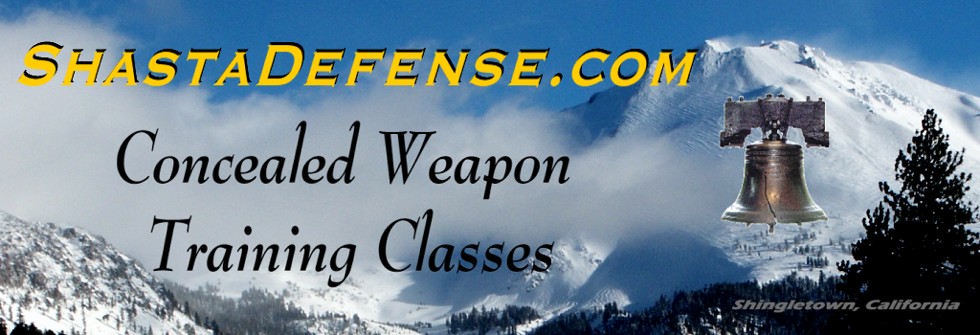

|
|
Store guns so they are inaccessible to unauthorized persons By Nathan Zeliff Authorized CCW Instructor Today, we cover the additional Gun Safety Rule Ė Store guns so they are inaccessible to unauthorized persons. My prior articles covered the three Fundamental Rules of Firearm Safety (i.e., Always keep the gun pointed in a safe direction; Always keep your finger off the trigger until ready to shoot; and Always keep the firearm unloaded until ready to use). Also, we covered other gun safety rules (i.e., Know your target and what is beyond; Know how to use the gun safely; Be sure your gun is safe to operate; Use only the correct ammunition for your gun; Wear eye and ear protection as appropriate; and Never use alcohol or drugs before or while shooting). (Rule source: NRA). As a gun owner, it is your responsibility to take all reasonable precautions to prevent children and other unauthorized persons from handling or otherwise having access to your firearms. Criminal sanctions can apply. You need to prevent access to firearms by children. Thus, we must keep our guns locked away and unloaded when not in use. If you keep a loaded firearm where a child obtains and improperly uses it, you may be fined or sent to prison. Also, what about others who may be in your home? What about the baby sitter who decides, in your absence, to go through your dresser while you are gone? The fact is, that if you donít have the firearm on your person (for example at home) and under your control, then it should be locked away so that unauthorized persons canít obtain access to it. Storage of a firearm intended for self defense in the home usually involves a compromise between the competing requirements of : (a) providing an adequate level of protection to prevent unauthorized persons from gaining access to the firearms; and (b) the method or storage device must allow the gun to be easily retrievable in order to defend against an attacker or intruder. High security devices may not allow quick access to the firearm in an emergency. Also, you must choose the firearm storage method that is best for you given your particular facts and circumstances. For example, a security device which may be adequate for a home occupied by a single person or couple with no children, may be entirely inadequate for a home with children and numerous adults. There are different types of locking mechanisms. Examples include: keyed locks such as padlocks and lockable drawers; combination locks ; and Simplex-type locks (which provide for a number of buttons that are pushed in a specific order to open the device; some are mechanical and others combine electronics). Also, there are different types of storage devices. On the one hand, there are gun cases commonly used to transport firearms. Then, there are lock boxes which are typically made of steel and include an integral keyed, combination or Simplex-type lock; electronic numeric keypads or fingerpads. Next, there are gun safes which offer the greatest level of safety for your guns. You must determine which type of storage device is best for you under your facts and circumstances. Research the various storage options in light of your home defensive plan. And remember, you must think ahead as to how you would open these devices under the stress of a violent entry / attack upon you in your home, at night, in the dark, and when your fine motor skills have totally disappeared. Thus, what may work for you during a "calm" test at the gun store, may totally fail you during the intense few seconds of a real world life and death attack. The above is merely an introductory article and is not a substitute for taking a firearm safety and training course. Nathan Zeliff is an authorized instructor for Concealed Weapon Permit Courses in Shasta and Tehama Counties; and is a Certified NRA Instructor in the following disciplines: Pistol, Rifle, and Personal Protection in the Home. Website: www.ShastaDefense.com 20101010
|